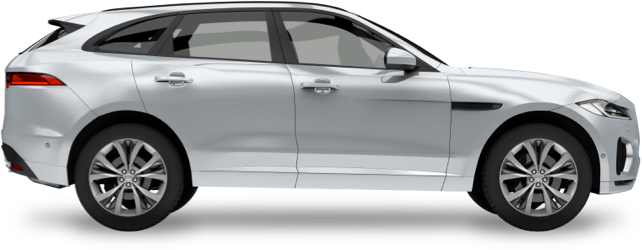- Over 1 million successful rentals
Car Hire Latvia
Save time and money. We compare the offers of car rental companies in Latvia on your behalf.
- Free cancellation Up to 48 hours prior to the scheduled pick up time
- Best price guarantee Have you found a better price? Let us know and we will make you a better offer.
- 24000+ pick-up locations Locations around the world
Compare Car Hire
Carrentals.co.uk offers simple and straightforward car hire comparison services. We don't add a penny to your quotes!
Car rental offers in Latvia
Whether you're looking for a small rental car or a station wagon for the entire family, we will always have a suitable vehicle for the lowest price. Below are some examples from our selection in Latvia.
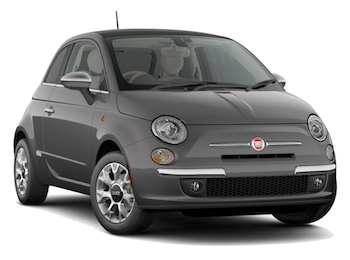
-
Green Motion From£ 7 /day -
Carwiz rent a car From£ 9 /day
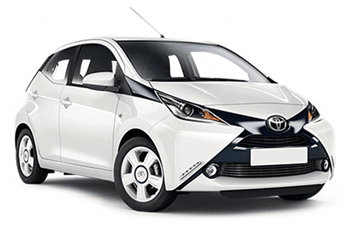
-
Top Rent-a-Car From£ 8 /day -
Green Motion From£ 8 /day -
Carwiz rent a car From£ 9 /day

-
Green Motion From£ 10 /day -
Carwiz rent a car From£ 15 /day
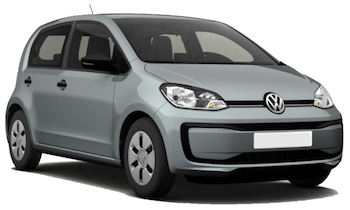
-
Top Rent-a-Car From£ 8 /day -
Carwiz rent a car From£ 9 /day
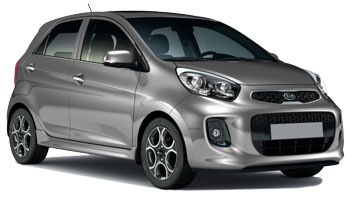
-
Top Rent-a-Car From£ 8 /day

-
Green Motion From£ 10 /day -
Top Rent-a-Car From£ 11 /day -
Carwiz rent a car From£ 15 /day
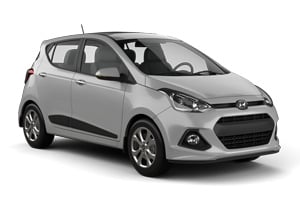
-
Top Rent-a-Car From£ 8 /day -
Carwiz rent a car From£ 9 /day
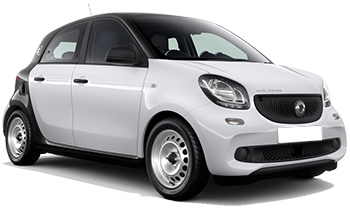
-
Green Motion From£ 8 /day

-
Top Rent-a-Car From£ 11 /day
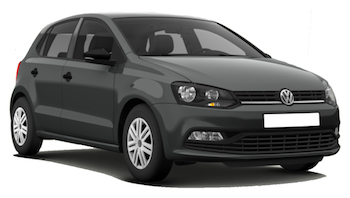
-
Green Motion From£ 8 /day -
Thrifty From£ 11 /day -
Prime Car Rent From£ 15 /day

-
Green Motion From£ 8 /day -
Keddy By Europcar From£ 22 /day

-
Green Motion From£ 10 /day -
Keddy By Europcar From£ 36 /day
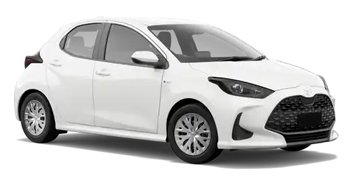
-
Green Motion From£ 8 /day -
Top Rent-a-Car From£ 9 /day -
Carwiz rent a car From£ 10 /day
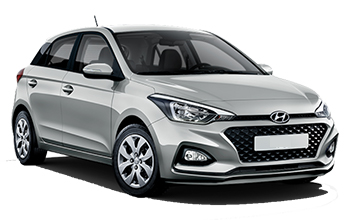
-
Carwiz rent a car From£ 8 /day -
Top Rent-a-Car From£ 9 /day -
Keddy By Europcar From£ 22 /day

-
Green Motion From£ 10 /day -
Thrifty From£ 12 /day -
Hertz From£ 22 /day
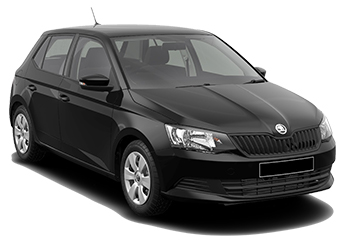
-
Carwiz rent a car From£ 9 /day -
Top Rent-a-Car From£ 9 /day -
Budget From£ 21 /day

-
Green Motion From£ 10 /day -
Thrifty From£ 17 /day -
Alamo From£ 20 /day
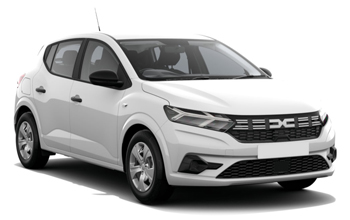
-
Easycar From£ 12 /day -
Alamo From£ 20 /day -
Enterprise From£ 21 /day

-
Green Motion From£ 8 /day -
Thrifty From£ 11 /day -
Top Rent-a-Car From£ 12 /day
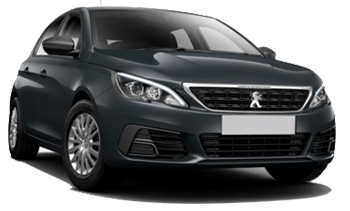
-
Green Motion From£ 8 /day
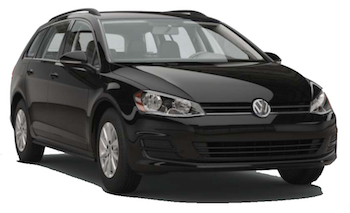
-
Green Motion From£ 10 /day -
Budget From£ 33 /day -
Top Rent-a-Car From£ 35 /day
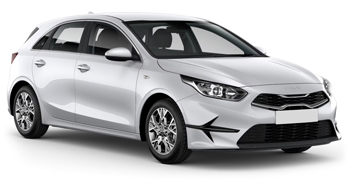
-
Carwiz rent a car From£ 9 /day -
Top Rent-a-Car From£ 12 /day -
Thrifty From£ 12 /day

-
Green Motion From£ 9 /day -
Top Rent-a-Car From£ 12 /day -
Budget From£ 29 /day

-
Green Motion From£ 10 /day
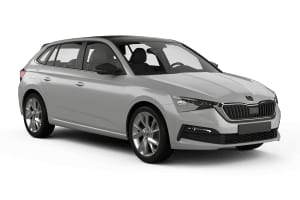
-
Carwiz rent a car From£ 9 /day -
Keddy By Europcar From£ 22 /day -
Europcar From£ 24 /day
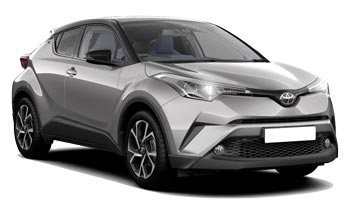
-
Green Motion From£ 10 /day -
Thrifty From£ 12 /day -
Prime Car Rent From£ 14 /day

-
Green Motion From£ 10 /day -
Thrifty From£ 13 /day -
Alamo From£ 21 /day

-
Carwiz rent a car From£ 11 /day
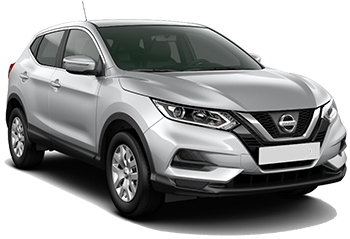
-
Green Motion From£ 11 /day -
Carwiz rent a car From£ 11 /day -
Alamo From£ 20 /day
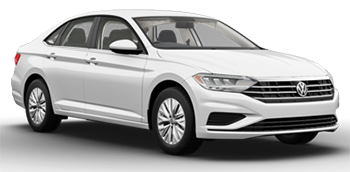
-
Green Motion From£ 12 /day
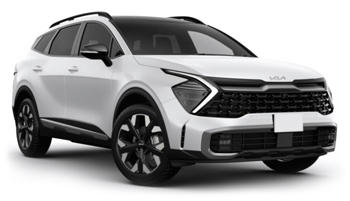
-
Green Motion From£ 11 /day -
Top Rent-a-Car From£ 14 /day -
Thrifty From£ 18 /day
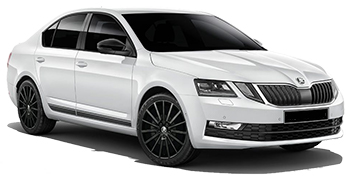
-
Green Motion From£ 11 /day -
Carwiz rent a car From£ 12 /day -
Easycar From£ 13 /day

-
Green Motion From£ 12 /day -
Easycar From£ 13 /day -
Thrifty From£ 16 /day

-
Green Motion From£ 11 /day
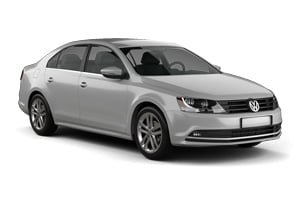
-
Green Motion From£ 11 /day -
ACE Rent A Car From£ 23 /day -
Avis From£ 25 /day
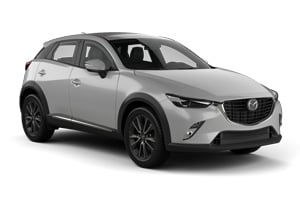
-
Easycar From£ 13 /day
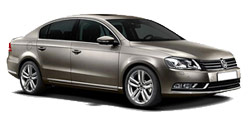
-
Top Rent-a-Car From£ 15 /day -
Green Motion From£ 19 /day -
Thrifty From£ 21 /day
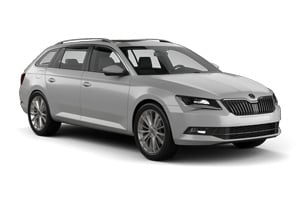
-
Top Rent-a-Car From£ 15 /day -
Green Motion From£ 19 /day

-
Green Motion From£ 19 /day
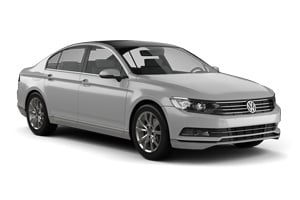
-
Top Rent-a-Car From£ 15 /day -
Green Motion From£ 19 /day -
Carwiz rent a car From£ 19 /day
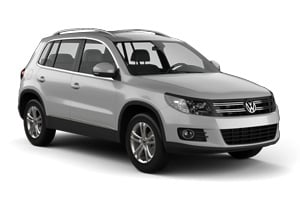
-
Top Rent-a-Car From£ 15 /day -
Carwiz rent a car From£ 19 /day -
Alamo From£ 25 /day

-
Green Motion From£ 19 /day -
Thrifty From£ 21 /day -
Top Rent-a-Car From£ 45 /day
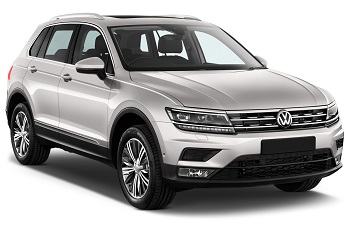
-
Top Rent-a-Car From£ 15 /day
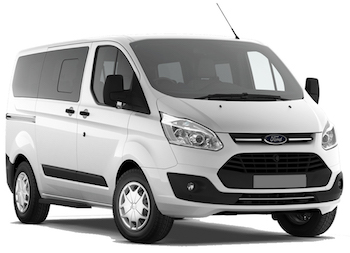
-
Top Rent-a-Car From£ 16 /day

-
Green Motion From£ 19 /day
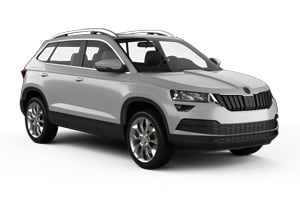
-
Top Rent-a-Car From£ 18 /day -
Easycar From£ 38 /day -
Budget From£ 51 /day

-
Top Rent-a-Car From£ 18 /day -
Easycar From£ 41 /day -
Budget From£ 57 /day
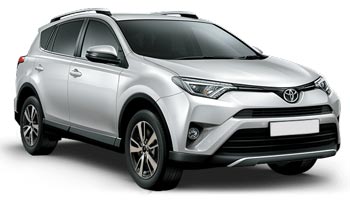
-
Top Rent-a-Car From£ 19 /day

-
Top Rent-a-Car From£ 19 /day
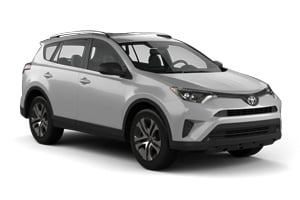
-
Top Rent-a-Car From£ 20 /day
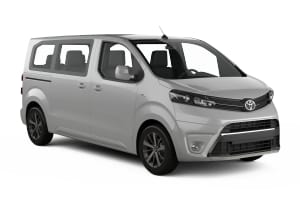
-
Top Rent-a-Car From£ 20 /day -
Prime Car Rent From£ 34 /day -
Sixt From£ 43 /day

-
Top Rent-a-Car From£ 24 /day
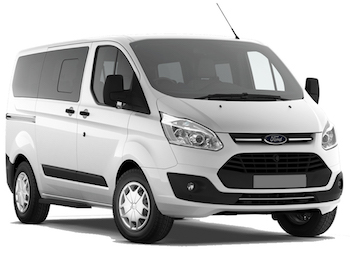
-
Carwiz rent a car From£ 28 /day
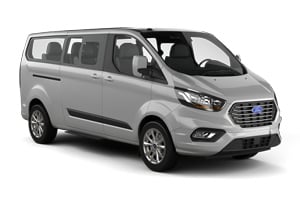
-
Carwiz rent a car From£ 33 /day

-
Top Rent-a-Car From£ 30 /day
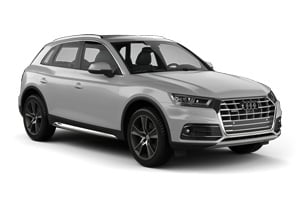
-
Top Rent-a-Car From£ 30 /day -
Europcar From£ 65 /day

-
Top Rent-a-Car From£ 36 /day
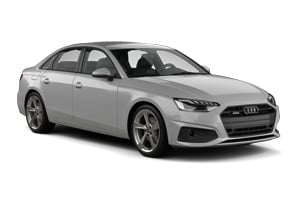
-
Top Rent-a-Car From£ 30 /day -
Europcar From£ 69 /day
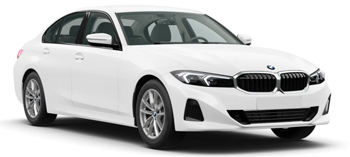
-
Budget From£ 43 /day -
Green Motion From£ 80 /day
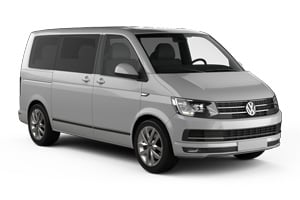
-
Top Rent-a-Car From£ 38 /day

-
Budget From£ 39 /day -
Green Motion From£ 74 /day
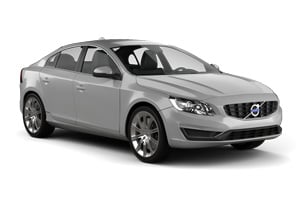
-
Sixt From£ 48 /day

-
Sixt From£ 44 /day

-
Top Rent-a-Car From£ 12 /day -
Carwiz rent a car From£ 13 /day -
addCarRental From£ 20 /day
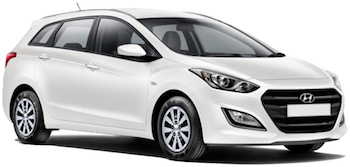
-
Top Rent-a-Car From£ 12 /day
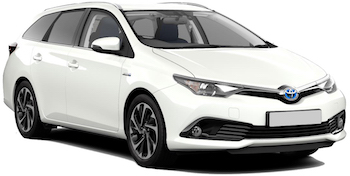
-
Thrifty From£ 16 /day -
Hertz From£ 29 /day -
Alamo From£ 48 /day

-
Top Rent-a-Car From£ 12 /day -
Thrifty From£ 12 /day -
Europcar From£ 27 /day

-
Thrifty From£ 12 /day -
Hertz From£ 24 /day -
Alamo From£ 38 /day
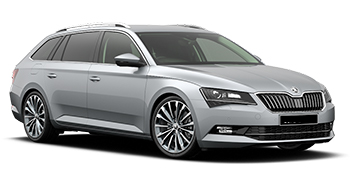
-
Green Motion From£ 21 /day

-
Carwiz rent a car From£ 12 /day -
Top Rent-a-Car From£ 12 /day
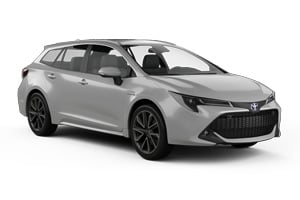
-
Top Rent-a-Car From£ 14 /day -
Prime Car Rent From£ 16 /day -
Keddy By Europcar From£ 25 /day

-
Thrifty From£ 21 /day -
Europcar From£ 31 /day -
Top Rent-a-Car From£ 41 /day

-
Top Rent-a-Car From£ 16 /day -
Carwiz rent a car From£ 28 /day

-
Top Rent-a-Car From£ 20 /day -
Prime Car Rent From£ 34 /day -
addCarRental From£ 43 /day

-
Carwiz rent a car From£ 33 /day -
Top Rent-a-Car From£ 81 /day
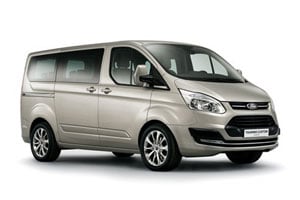
-
Carwiz rent a car From£ 20 /day -
Top Rent-a-Car From£ 47 /day
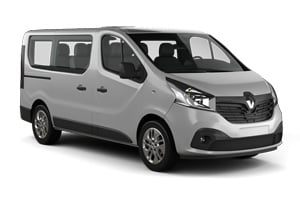
-
Sixt From£ 41 /day -
addCarRental From£ 45 /day -
Thrifty From£ 48 /day

-
Sixt From£ 36 /day -
addCarRental From£ 40 /day -
Thrifty From£ 43 /day

-
Top Rent-a-Car From£ 38 /day

-
addCarRental From£ 48 /day -
Sixt From£ 49 /day -
Budget From£ 62 /day
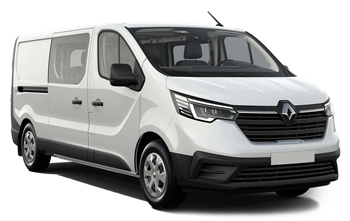
-
Thrifty From£ 44 /day -
Keddy By Europcar From£ 78 /day

-
Green Motion From£ 10 /day -
Thrifty From£ 12 /day -
Prime Car Rent From£ 14 /day
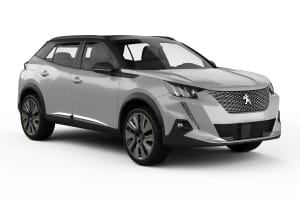
-
Green Motion From£ 11 /day

-
Green Motion From£ 13 /day -
Thrifty From£ 18 /day -
Hertz From£ 29 /day

-
Green Motion From£ 11 /day -
Carwiz rent a car From£ 11 /day -
Thrifty From£ 18 /day

-
Green Motion From£ 11 /day -
Carwiz rent a car From£ 11 /day -
Alamo From£ 20 /day

-
Green Motion From£ 14 /day -
Carwiz rent a car From£ 18 /day -
Alamo From£ 24 /day
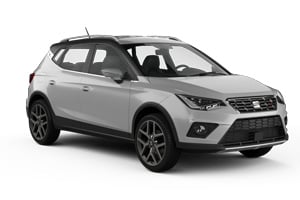
-
Top Rent-a-Car From£ 11 /day -
Sixt From£ 24 /day
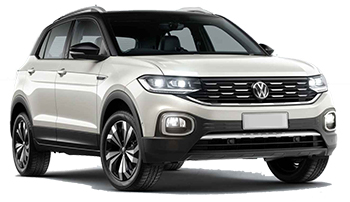
-
Carwiz rent a car From£ 12 /day -
Prime Car Rent From£ 13 /day -
Alamo From£ 18 /day

-
Green Motion From£ 14 /day
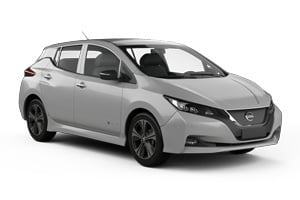
-
Sixt From£ 25 /day

-
Sixt From£ 26 /day

-
Europcar From£ 26 /day

-
Avis From£ 30 /day -
Budget From£ 40 /day

-
Europcar From£ 30 /day
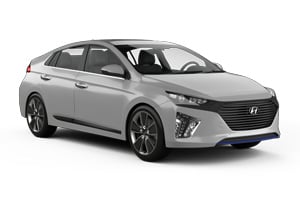
-
Sixt From£ 32 /day

-
Avis From£ 34 /day -
Budget From£ 45 /day

-
Sixt From£ 36 /day

When to book a rental car in Latvia
Latvia - When is the most affordable time to rent a mini class car?
At this destination (Latvia), February is the most affordable time to rent a mini class car with an average daily rate of
Latvia - When is the most affordable time to rent a economy class car?
At this destination (Latvia), March is the most affordable time to rent a economy class car with an average daily rate of
Latvia - When is the most affordable time to rent a compact class car?
At this destination (Latvia), March is the most affordable time to rent a compact class car with an average daily rate of
Latvia - When is the most affordable time to rent an intermediate class car?
At this destination (Latvia), March is the most affordable time to rent a intermediate class car with an average daily rate of
Latvia - When is the most affordable time to rent a standard class car?
At this destination (Latvia), March is the most affordable time to rent a standard class car with an average daily rate of
Latvia - When is the most affordable time to rent a full-size car?
At this destination (Latvia), September is the most affordable time to rent a full-size class car with an average daily rate of
Latvia - When is the most affordable time to rent a luxury car?
At this destination (Latvia), October is the most affordable time to rent a luxury class car with an average daily rate of
Latvia - When is the most affordable time to rent a station wagon?
At this destination (Latvia), January is the most affordable time to rent a station wagon with an average daily rate of
Latvia - When is the most affordable time to rent a SUV?
At this destination (Latvia), March is the most affordable time to rent an SUV with an average daily rate of
Latvia - When is the most affordable time to rent a MPV?
At this destination (Latvia), May is the most affordable time to rent an mpv with an average daily rate of
Latvia - When is the most affordable time to rent a minivan?
At this destination (Latvia), October is the most affordable time to rent a minibus with an average daily rate of
Latvia - When is the most affordable time to rent a sedan?
At this destination (Latvia), May is the most affordable time to rent a sedan with an average daily rate of
Latvia - When is the most affordable time to rent a delivery van?
At this destination (Latvia), April is the most affordable time to rent a van with an average daily rate of
Car rental locations in Latvia
Carrentals.co.uk compares rental car prices at the following destinations

Latvia Guide
Latvia is best explored by rental car. Carrentals.co.uk has over 3 pick-up locations in Latvia. This means there is always a pick-up location close to your destination.
Most popular car hire locations in Latvia
Driving
Latvia is among Europe's fastest growing tourist destinations. It wows visitors with its mix of urban and rural offerings, including World Heritage cities such as the country's capital, Riga, and Liepaja, an ex-military town that plays host to a mesmerising beach. By car, visitors can enjoy these hot spots in addition to a series of un-spoilt coastal towns bordering the Baltic Sea, vast forests and nature parks where trails can be embarked on.
Driving Tips for Latvia
Road conditions are varied and signage can be scarce. Drivers are advised to plan trips before hitting the road. Drivers should ensure that they carry a warning triangle, a fire extinguisher, a first-aid kit, headlamp converters and spare bulbs in case of an emergency.
Driving licences: UK drivers can drive here as long as they have a valid UK licence including both the photo and paper parts.
Which side does Latvia drive on: the right.
Speed limits:
Motorways: 52-62mph (90-100kph)
Rural areas: 56mph (90kph)
Built-up areas: 31mph (50kph)
Alcohol limits: 50mg of alcohol per 100ml of blood for those that have driven for over two years. Those that have been driving for under two years are allowed 20mg of alcohol per 100ml of blood. This is more stringent than Britain's limit of 80mg of alcohol per 100ml of blood.
Driving age: 18 years.
Seatbelts: compulsory in both front and rear seats, if fitted. A child seat is required for those under 12 years of age or under 4.9 feet (1.5m) in height.
Mobile phones and GPS: talking on a mobile phone while driving is strictly prohibited unless a hands-free kit is used. GPS is allowed and can be useful given the lack of signage on some motorways.
Cost of fuel in Latvia: petrol is slightly cheaper than in the UK.
Car hire and fuel payment: car hire suppliers require a swipe of your credit card before releasing the car. Credit cards are accepted at the majority of petrol stations, many of which are automated.
Insurance: third-party insurance is included with car hire but arranging excess insurance is recommended.
Traffic and parking: many areas of Latvian towns and cities have ‘Pay and Display’ parking areas where tickets must be displayed on the vehicle's dashboard after being purchased from a meter. Parking in a prohibited area, especially in Riga, could result in your vehicle getting clamped.
Transport
Trains
Overnight trains run internationally to and from Riga terminal from Moscow and Saint Petersburg (Russia). Latvian rail travel is more affordable than travelling by bus. For timetables and reservations, visit Latvijas Dzelzcels, Latvia's official rail provider.
Taxis
Tourists are advised to make sure they only use major taxi companies such as Rigas Taksometru Parks or Baltic Taxi, which have officially registered vehicles that are easy to identify by their yellow number plates. Even in officially registered taxis, it is wise to determine a price beforehand to avoid being overcharged. For example, a journey from the airport into central Riga should cost around £7.00.
Buses
Latvia boasts a vast network of coach and bus connections, and tickets can be purchased either at bus stations or upon boarding. In Riga, combined tickets for the tram, trolley and bus network can be purchased for 80 pence, and three- or five-day passes are on offer for between £6.60 and £11.00. Express bus connections, usually provided by Autoosta and Nordeka, from one major town to another are considered by many to be the fastest way to travel and are affordable.
Ferries
The port at Riga receives ferries and cruise ships, often provided by Tallink Silja Line, from European locations such as Stockholm (prices start at around £22.50). Ventpsil’s port receives Trans Russia Express services from Lubeck in Germany and St Petersburg in Russia. It is also possible to travel to Ventspils from Nynashamn in Sweden and Travemunde in Germany.
Airports
Latvia’s principal international airport is Riga International Airport, which lies about 10km from the capital city. It had a terminal upgrade in 2006 and receives services from a range of carriers from different UK cities.
Explore
Exploring Latvia
Most visitors to Latvia start their travels in Riga, the nation's capital and a UNESCO World Heritage site. Here, many of the nation’s most famous architectural wonders, including the Freedom Monument, the House of Blackheads, St Peter’s Church and Triangular Bastion, can be found.
Liepaja is a Baltic Sea coastal town which is famous for its music while it also provides access to the unique town of Karosta – once a military settlement and the location of an unspoilt and soft white sand beach where famous summer parties are held and the largest pipe organ in the world can be found.
Less popular with tourists than Karosta but no less beautiful is Madona, eastern Vidzeme's most scenic town and a winter sports capital surrounded by a vast array of forests, lakes and hills.
If they haven't had their fill in Riga, history enthusiasts usually head to Sigulda to marvel at the numerous castles and historical points of interest that can be found in the town, which is just an hour’s drive from Riga.
Weather
Spring, which runs from April to May, is considered to be the best time to visit Latvia, with the summer months of July and August acting as the main tourist season. During these periods, temperatures can reach highs of 20°C. Heavy snowfall should be expected through the winter months of November to March.
Practical information
-
CurrencyEuro
-
Driving directionRight
-
City speed limit50 km/h
-
Freeway speed limit90 km/h
-
LanguageLatvian
-
Popular car categoryCompact
What most people want to know
The following questions and answers are a selection of the most popular questions. If you do not find the answer to your question, have a look at the Frequently Asked Questions page or contact us.
- Thrifty
- Easycar
- Alamo
- Green Motion
- Budget
- Hertz
- Europcar
- Sixt
- Keddy By Europcar
- addCarRental
- Carwiz rent a car
- Top Rent-a-Car
- Prime Car Rent
- InterRent
- CarsRent
- ACE Rent A Car
- Your Rent
- Right Cars
- SurPrice car rentals
- NÜ Car Rentals
- Enterprise
- Unirent Car Rental
- National Car Rental
- Dollar Rent a Car
- Avis
